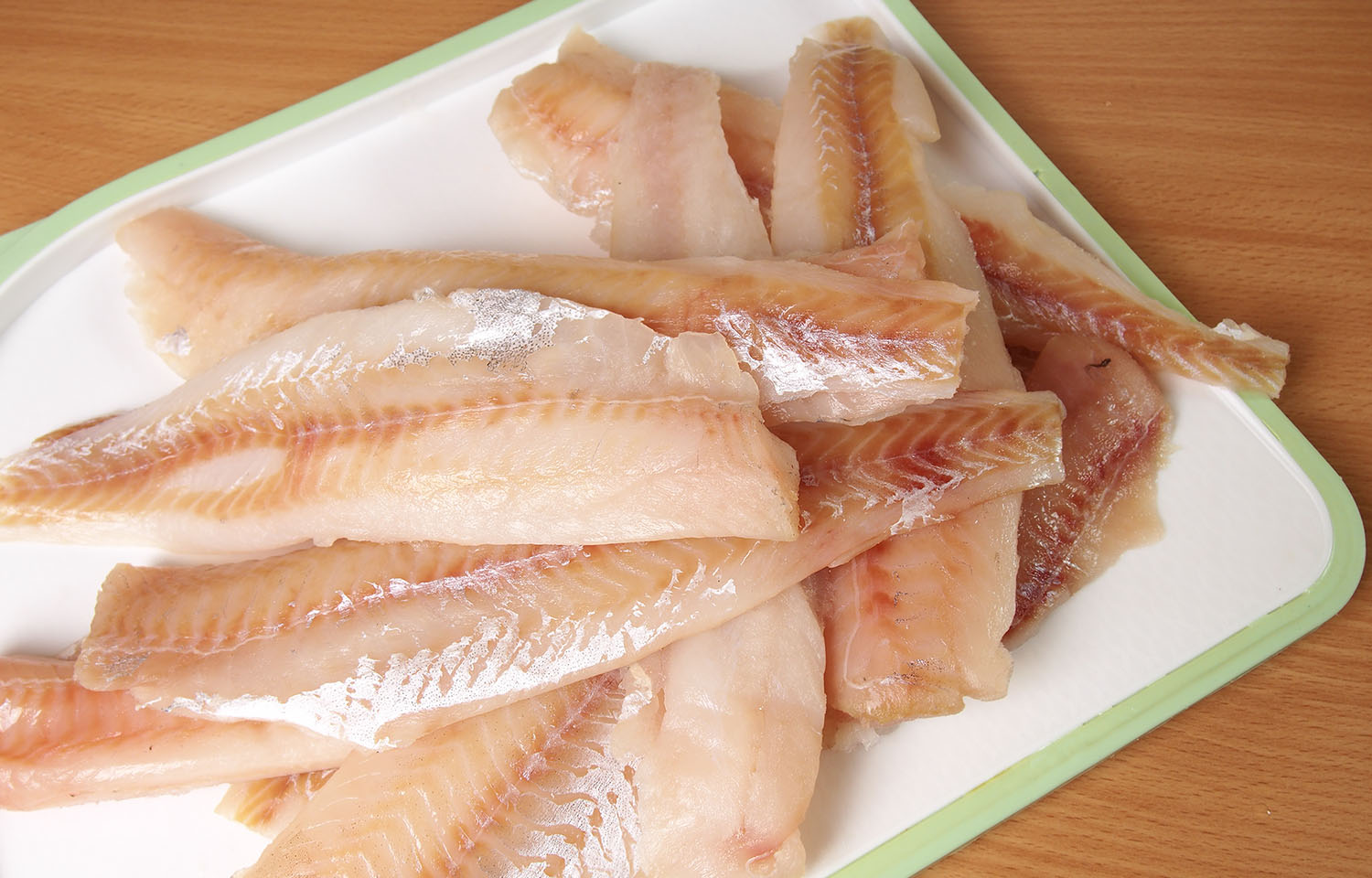The United States and the European Union have seen reduced imports of pollock fillets, even as domestic production of Alaskan pollock fillets is rising in the U.S.
At the 2024 Global Seafood Market Conference in Orlando, Florida, U.S.A. on 25 January, Genuine Alaska Pollock Producers Director of Industry Relations, Partnerships, and Fishery Analysis Ron Rogness reported the global pollock catch will increase 12 percent between 2022 and 2024, reaching 410,000 metric tons (MT).
The U.S. catch is predicted to remain stable at about 1.45 million MT in 2023, while Russia’s catch is slated to increase from 1.95 million MT in 2023 to 2.05 million MT in 2024, with an increase in harvests predicted in the Western Bering Sea. Global production is expected to eclipse 3.7 million MT in 2024.
U.S. production rose 17 percent in 2023, resulting in a 21 percent increase in surimi production to 195,107 MT; a 20 percent increase in deep-skin fillet production to 58,890 MT; a 9 percent increase in pinbone-out fillets to 96,238 MT; and a 34 percent increase in mince production to 21,830 MT.
Annual Alaska pollock fillet exports from the U.S. peaked in 2018 at 140,000 MT, but by 2022, they had decreased to 80,000 MT, Rogness noted. Over the same period, the average price for a ton of frozen Alaska pollock fillets has risen from USD 2,618 (EUR 2,415) in 2018 to USD 3,713 (EUR 3,426) in 2022. The price averaged USD 3,833 (EUR 3,536) in November 2023. Fillet exports increased from 78,439 MT in 2022 to 88,594 MT in 2023.
“Compared to 2022, exports are ...
Photo by ffolas/Shutterstock








